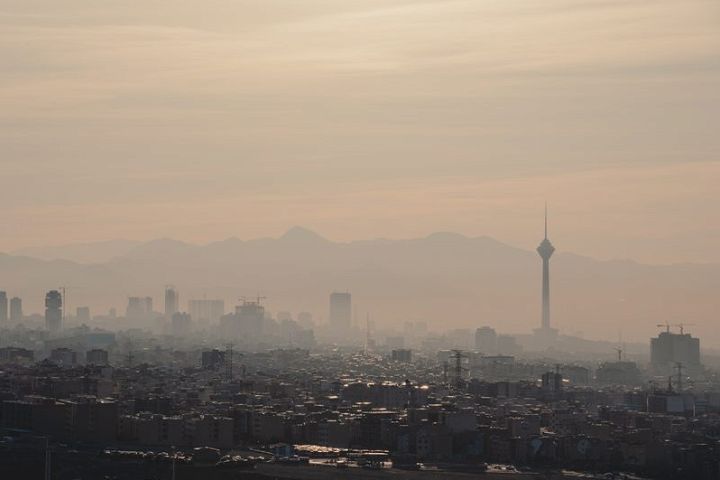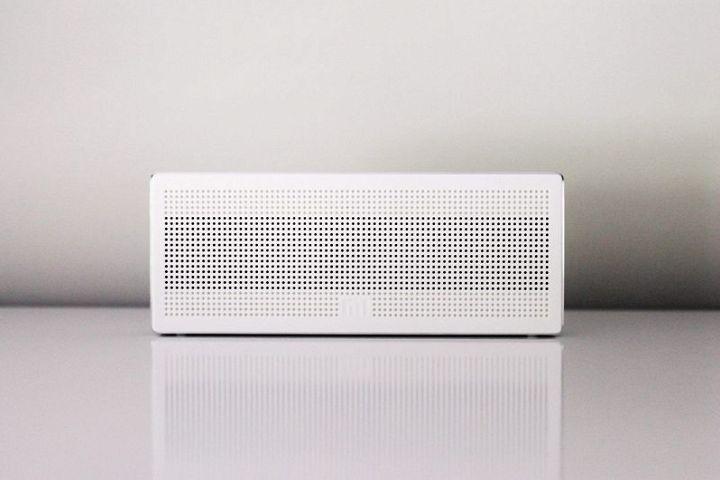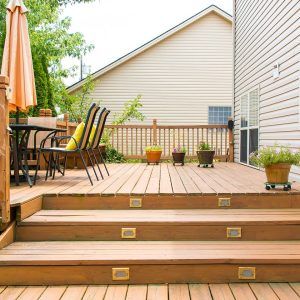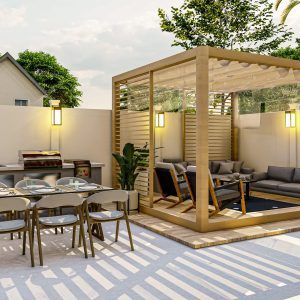Our homes are the oasis that shields us from the outside world with all its noise, dust, and pollutants. However, sometimes the outside is bound to seep inside your house and muddy up your perfect green oasis. The way you can make your home the haven you deserve is through an efficient air cleaning system. If you’re looking to get one, you should first get to know the difference between air filters and air purifiers.

What Are Air Filters?
An air filter is a cleaning system for air that weeds out all pollutants like dust, mites, bacteria, mold, and any other airborne particles. These are the most common types of filters and can be found in any heating or cooling system. They filter pollutants by using fiberglass to trap them and their efficiency depends on the Minimum Efficiency Reporting Value. The higher the MERV rating is, the better your air filters work. The purpose of an air filter is to maintain a clean environment for breathing with constant air cycling.
Types Of Air Filters
HEPA Filters
High-efficiency particulate air filters, or HEPA, are the most popular air filter type and are recommended by the health department due to their ability to remove at least 99.97% of airborne pollutants. Their MERV rating is 16 which means they are highly efficient. This is proven by how they can even remove the smallest particles like mold spores and dust. Their biggest perk is that they can also be efficient with pet dander and pollen, reducing any allergies you might have.
UV Filters
UV filters function by using short-wave ultraviolet to kill any viruses and bacteria. The process starts as soon as the air passes through the filters with the UV lamps immediately disinfecting it with germicidal radiation. These are also extremely efficient, being able to eliminate the smallest pollutants like mold spores, but not as efficient as HEPA when it comes to dust particles. Even though they are perfect for maintaining air quality, UV filters are quite costly to install.
Washable Filters
Many filters are either disposable or reusable which is not bad, but washable filters are the ideal environmentally-friendly option out there. The trick with these filters is that you have to make sure they are well-maintained to guarantee they work at the best ability. They come with an instruction manual that you should read carefully and follow to a tee. You need to ensure, for example, that they are completely dry before installing them again after a wash. Even though they are fairly expensive, they are considered a long-term investment that won’t have you constantly buying new filters.
What Are Air Purifiers?
It’s important that you’re aware of exactly what it is that air purifiers are in order to make a well-informed decision. Don’t make up your mind just yet, the filter specialists at filterbuy.com believe you need to know all your options when it comes to filters before coming to a decision. That’s why you should find out the difference between air filters and air purifiers and their types and sizes. Air purifiers have the same purpose as air filters, which is to remove any dust and other particles from the air, but have a different mechanism. However, purifiers deal mostly with microorganisms and airborne pathogens.

How Do Air Purifiers Work?
The process of air purification consists of neutralizing airborne toxins to sanitize the air from things like bacteria, viral or fungal matter, gases, and off-gassing, or toxic pathogens. It differs from air filters in how they emit something to eliminate these toxic elements instead of trapping them. Some even use an electrical charge to attract pollutants instead of waiting for them to pass through a normal air filter. Even though they are not ideal in filtering out dust particles, air purifiers are an ideal solution for those suffering from seasonal allergies or any other sinus or breathing problems.
Types Of Air Purifiers
Ionizing Purifiers
The best thing about ionizing purifiers is that they are very quiet so they won’t disturb you while you sleep. These purifiers create an electrical field to emit negative ions which bond with positively charged, airborne particles such as bacteria and dust. This makes these particles too heavy so they fall outside the air altogether. Some of these purifiers utilize a metal plate to trap the charged particles inside with electrostatic precipitators instead of using the unit itself. You can guarantee your air free of any pet dander, smoke, fumes, bacteria, or any other air toxins with this type of purifier.
Central Air Cleaners
This type of air purifier works hand in hand with your central HVAC and furnace system to clean all air coming inside the area. These also work silently and can eliminate up to 99% of pollen and dust in any space, reducing symptoms of allergies, asthma, and any viruses. With these units, the air is usually cleaned in the air ducts or the A/C coil which means that any air that reaches other areas will be fully sanitized. They come in various sizes to suit the space you want to have them in and they need a professional to be installed, unlike most other purifiers.
Ultraviolet Air Purifiers
Like regular air filters, purifiers also come with ultraviolet technology since it’s one of the most efficient in cleaning the air. The unit is filled with UV light emitting from a chamber with UV bulbs and it kills pollutants by destroying molecular bonds in their DNA. They are ideal to eliminate mold spores as well as bacteria and germs, preventing any kind of respiratory disease. Their prices range from moderate to very expensive and you need to factor in changing the UV bulbs every year.
Now that you know the difference between air filters and air purifiers, you can make an informed decision on which one best suits your needs. At the end of the day, they both have a nearly identical goal, to improve the quality of the air you breathe. It all goes down to which mechanism is most efficient with the space you have. You might need something basic if you don’t live somewhere with too much dust while others need the highest technology out there to relieve their allergies.




